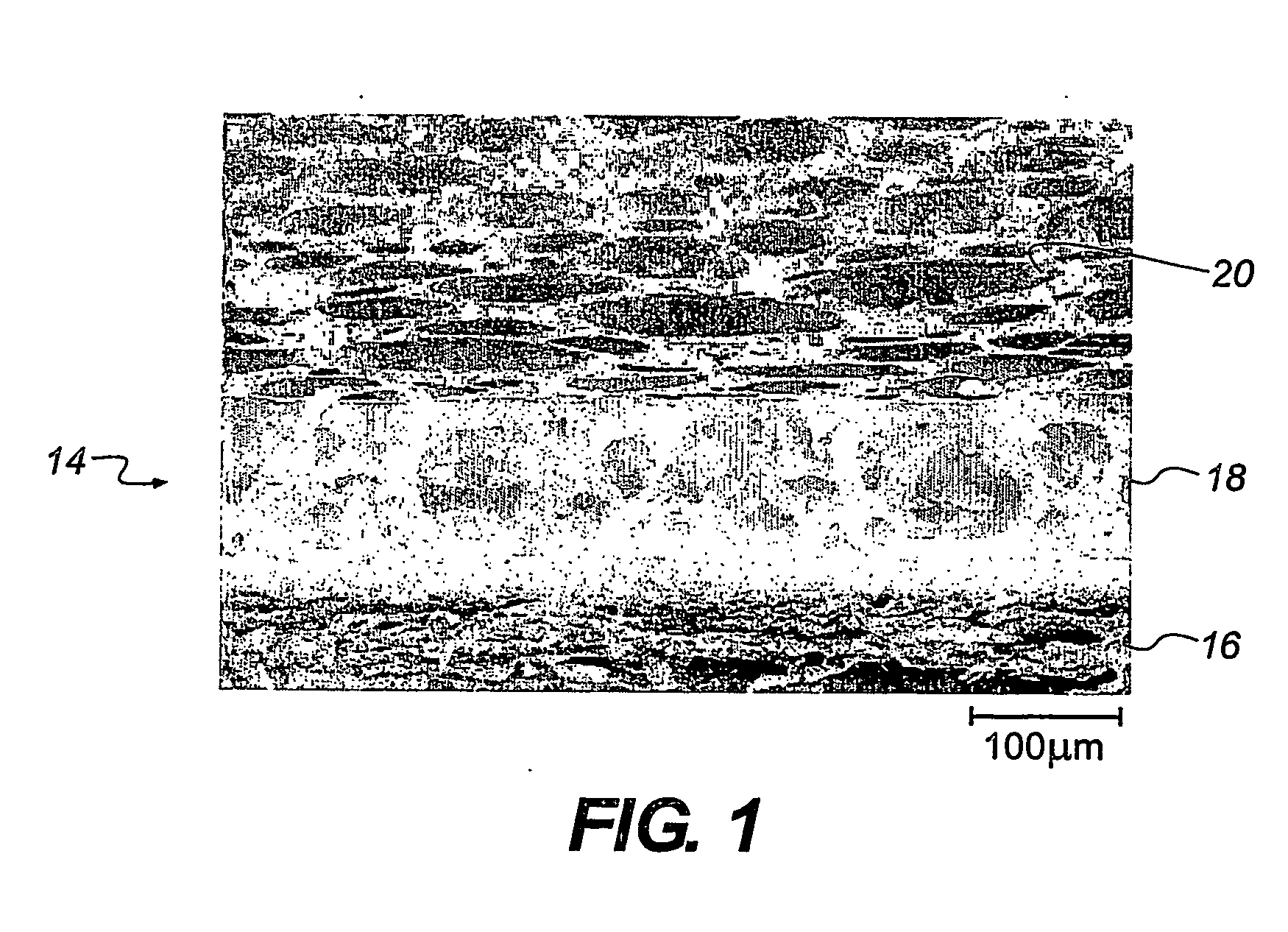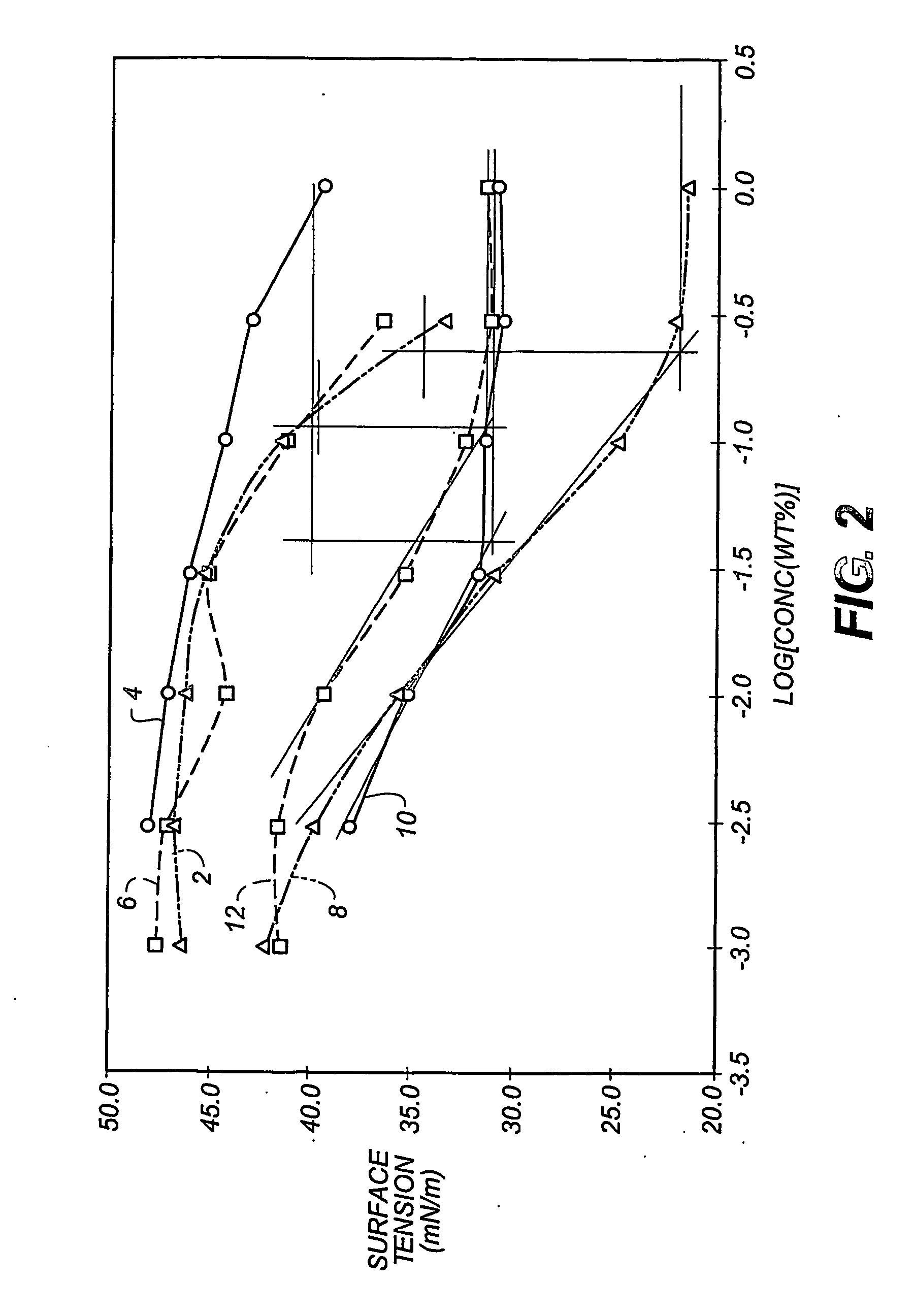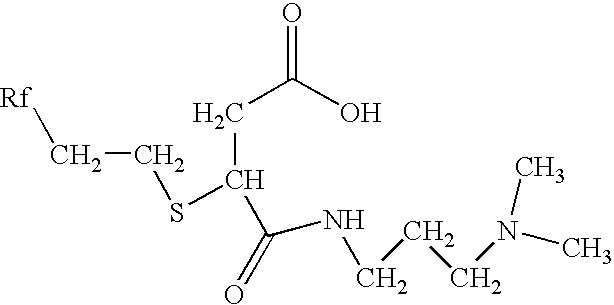Foamed material and a method of making a foamed material
a technology of foamed materials and foamed materials, which is applied in the direction of transportation and packaging, nuclear engineering, railway signalling, etc., can solve the problems of lack of stability of printed images, and achieve the effects of simple and robust methods, high processing temperatures, and improved cost and energy consumption efficiency
- Summary
- Abstract
- Description
- Claims
- Application Information
AI Technical Summary
Benefits of technology
Problems solved by technology
Method used
Image
Examples
example
[0082] A solution of gelatin was coated onto a support consisting of a commercially available resin-coated paper. The coated layer was then dried creating a layer suitable for use as an ink-receiving layer if the material is to be used in inkjet printing.
[0083] The coating solution comprised an aqueous solution of gelatin mixed with a surfactant. The solution was whipped up using an electric high-shear stirrer at a speed of 15,000 rpm for 5 minutes. The ink-receiving layer consisted of 11.65 g / m2 of gelatin and 2.408 g / m2 of TX200E surfactant, which was coated using a gravure bar onto the support.
[0084] The coated substrate was then dried quickly, in this case using microwave radiation. The coated substrate was placed in a domestic microwave for 150 seconds on full power. The microwave used was a 700 Watt microwave, and an area of 0.0375 m2 was coated. This provided power per area of approximately 1.86 watts / cm2.
[0085] The scanning electron micrograph shown in FIG. 1 indicates th...
PUM
| Property | Measurement | Unit |
|---|---|---|
| temperatures | aaaaa | aaaaa |
| static surface tension | aaaaa | aaaaa |
| static surface tension | aaaaa | aaaaa |
Abstract
Description
Claims
Application Information
 Login to View More
Login to View More - R&D
- Intellectual Property
- Life Sciences
- Materials
- Tech Scout
- Unparalleled Data Quality
- Higher Quality Content
- 60% Fewer Hallucinations
Browse by: Latest US Patents, China's latest patents, Technical Efficacy Thesaurus, Application Domain, Technology Topic, Popular Technical Reports.
© 2025 PatSnap. All rights reserved.Legal|Privacy policy|Modern Slavery Act Transparency Statement|Sitemap|About US| Contact US: help@patsnap.com



